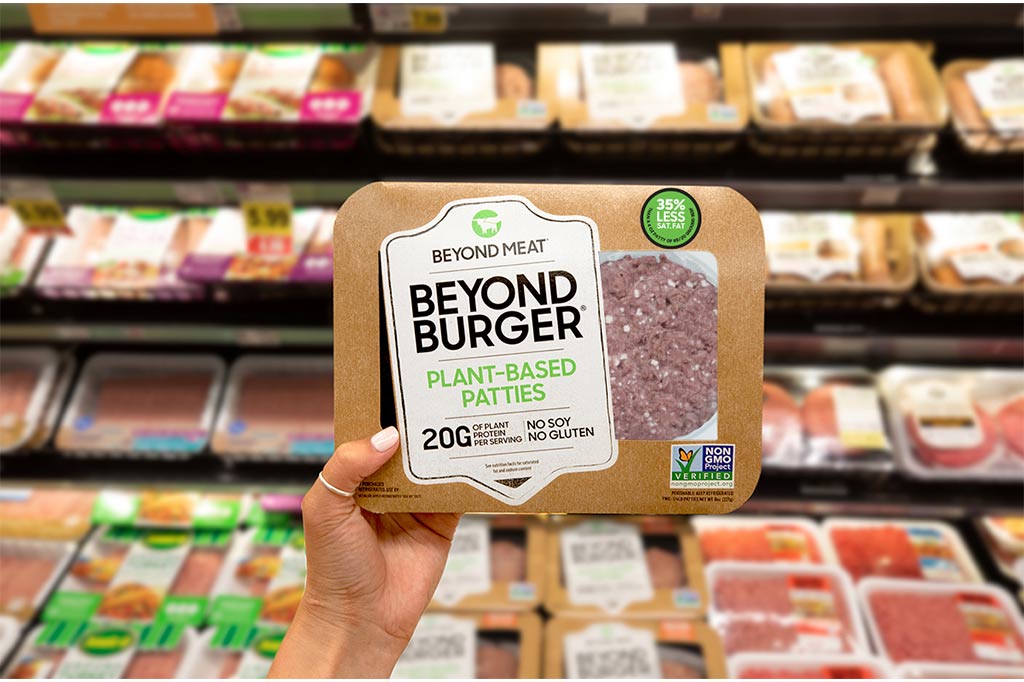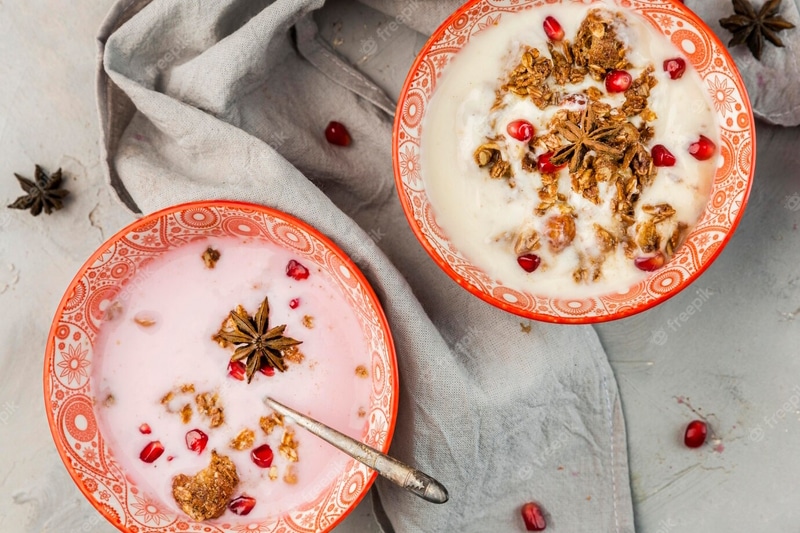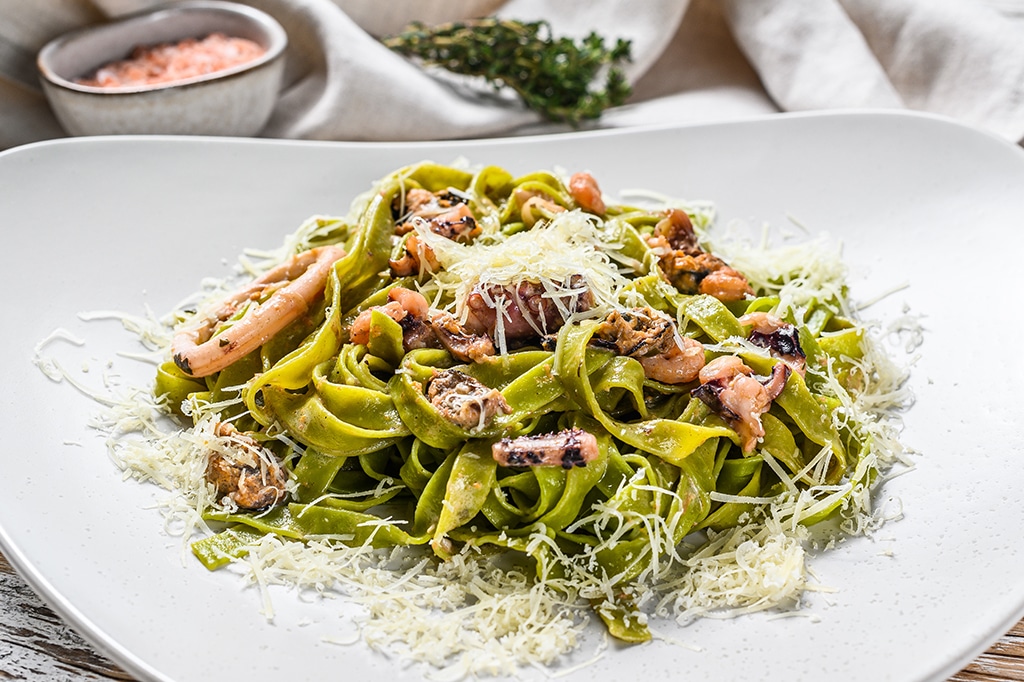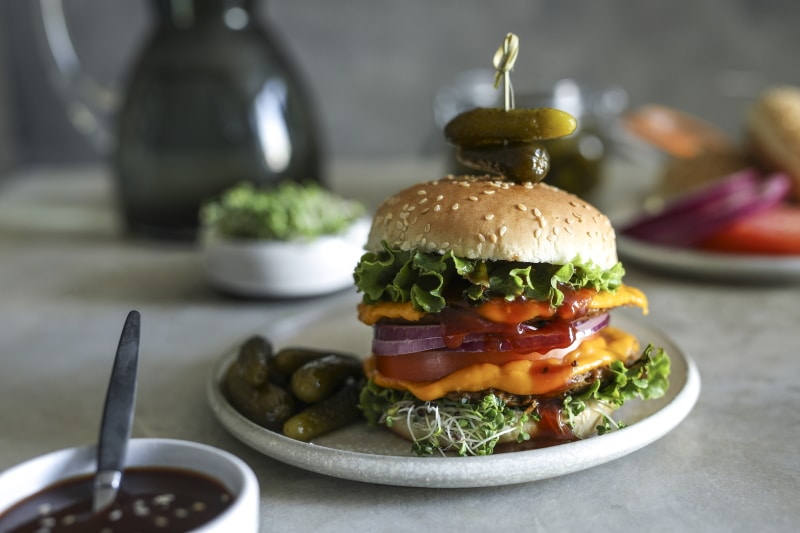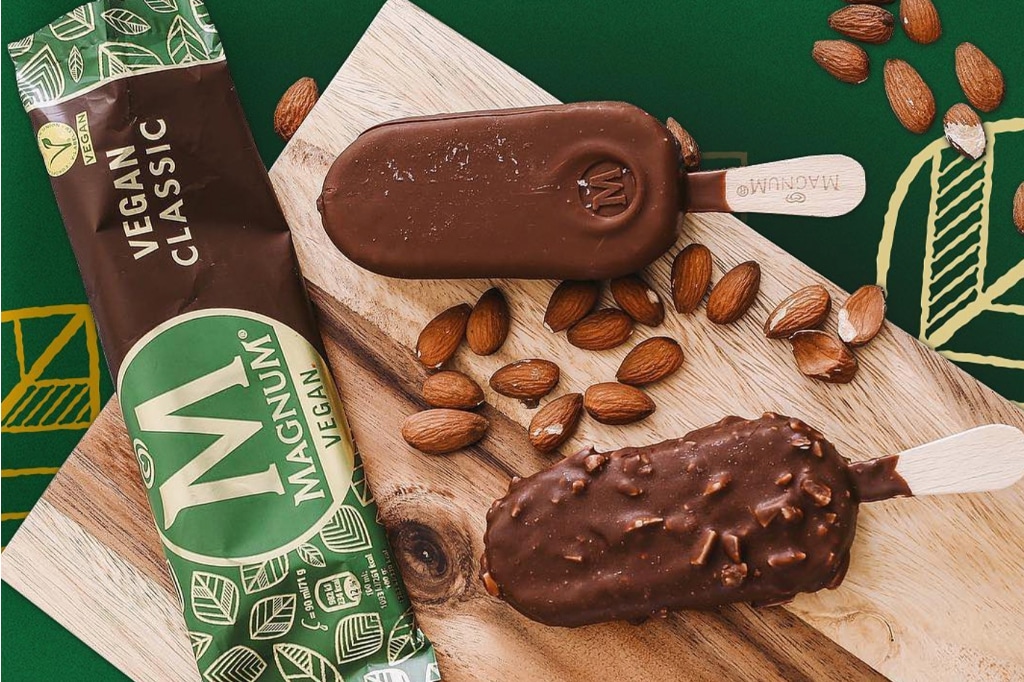To get the most out of the growing season, put some of the more common vegan techniques to use.
To cultivate plants, veggies, and roots inside with protection from the elements, you can make use of a greenhouse, polytunnel, cold frame, cloche, conservatory, or even the windowsill in your kitchen. It is commonly believed that adding six weeks to the beginning and end of any plant’s growing season will result in a faster germination rate as well as protection from the onset of frost. The sowing of early seeds can be done in potting sheds that have big glass windows, and the use of horticultural materials like fleeces and mesh can give additional protection and extend the growing time.
A greenhouse or polytunnel will allow you to grow tender plants that may not thrive outside, such as melons or aubergines, and will provide a space for overwintering tender plants, such as lemons, that could be killed off by a harsh winter if left on the patio. Additionally, you will be able to grow plants that may not flourish outside, such as melons or aubergines, inside a greenhouse or polytunnel.
You can even practice forest gardening if you are fortunate enough to have a large greenhouse or want to build one using reclaimed materials. This type of gardening involves creating several layers of plants that benefit each other while simultaneously creating a wonderful place to relax. You can do this if you want to build a greenhouse or if you already have a large greenhouse. There is constant innovation taking place in the field of greenhouse technology. However, this does not imply that the technology must be complex or expensive. Climate batteries, for instance, are constructed out of pipes with huge diameters that are buried around one meter deep in the soil beneath greenhouses. These pipes then rise to open up within the atmosphere that is contained within the building.
The air from the interior of the greenhouse is slowly pushed out through these apertures using low-powered electric fans, which then travel through the underground pipes and are released back into the airspace. During the day, this forces warm air underground, which heats the soil (which helps plant development), and during the night, when the ambient air temperature drops, it forces warm air from the underground back into the interior of the greenhouse. This cycle continues until the day is through. This results in a considerably more consistent environment throughout the year and makes it possible to cultivate tropical plants even in places where snow covers a significant portion of the winter months.
The majority of the time, cold frames are utilized for starting seeds in trays, shielding plants in pots from the elements, or toughening them up before being planted in beds. Cloches are see-through covers that are placed over plants that have been seeded in open ground to shield them from the elements during the early stages of their development. These can be commercially available domes made of plastic or glass, or they can be tunnels constructed from plastic or fleece that have been stretched over hoops of pipe or wire. They can even be as straightforward as plastic drink bottles split in half and placed over individual seedlings to provide protection from the elements.
They not only offer protection but also help warm the soil in preparation for early crops. For example, if you have planted a row of salad leaves, you can use cloches to cover part of the row to stagger the plants’ times of reaching maturity. There are a variety of creatures, such as rabbits, birds, and insects, that may be interested in feasting on your crops; any form of cover will protect you from these potential threats.
Planting in successive layers
Some plant life requires a rather long growing season, during which it is customarily sown at the same time of year. These plants then mature in a relatively short amount of time. For example, peppers (capsicum and chili) are typically planted in February or March and harvested in August or September, but other crops that grow more quickly can be planted in smaller batches throughout the warmer months of the year, giving you a much longer cropping season. Peppers are one example of a crop that is typically planted in February or March and harvested in August or September.
This method is referred to as “successive sowing.” Salad greens are a nice example. Because they may be collected as baby leaves after only a few weeks, you can maintain a constant supply by planting a smaller number every couple of weeks. This will allow you to harvest them as baby leaves throughout the entire year. This can be supported even further by making the appropriate selection of varieties: Some are better suited than others to planting seeds in the fall or winter months when temperatures are often lower.
A sort of successional sowing that takes place over a shorter length of time is the planting of different potato cultivars at regular intervals:
- First earlies, which are sown in March
- Second earlies, which are planted between the beginning and the middle of April
- Early maincrop, which is planted between the end of April and the beginning of May
- Late maincrop, which is sown in May.
This practice ought to make it possible for you to harvest potatoes from June all the way through October, and as a matter of fact, they will continue to store for a considerable amount of time beyond that, so this successional seeding strategy is a wonderful addition to self-sufficiency. Other crops such as spring onions, cauliflowers, cabbages, carrots, lettuces, and other salad leaves, radishes, spinach, and chard are suitable for successional sowing. Many of these crops can be sown every couple of weeks once the soil has warmed up. Other crops that are suitable for successional sowing include spring onions, cauliflower, cabbage, carrots, lettuce, and other salad leaves, radishes, spinach, and chard.



